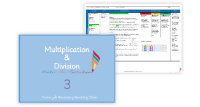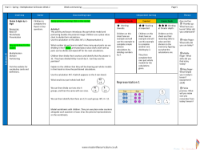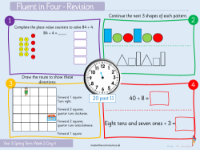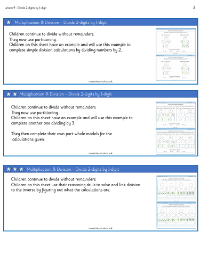Multiplication and division - Divide two digits by one digit 2 - Presentation
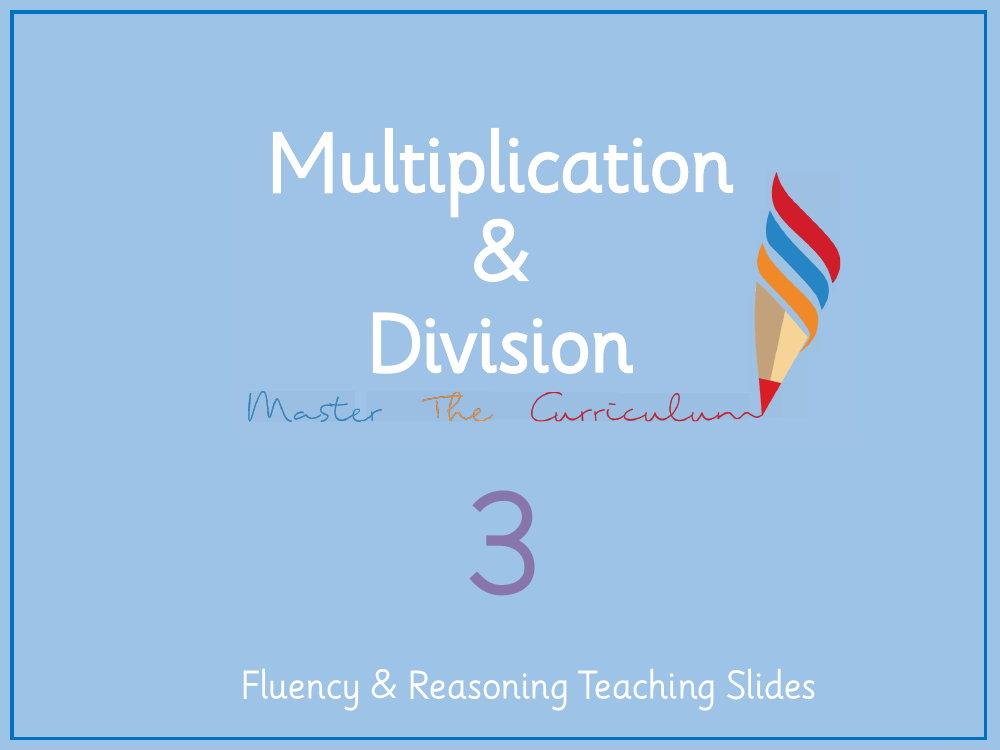
Maths Resource Description
In a focused mathematics lesson on division, Year 6 students continue to explore how to divide a two-digit number by a one-digit number, using partitioning as a key strategy. Partitioning, a concept that involves breaking down numbers into parts, such as tens and ones, is crucial for simplifying division problems. For instance, the number 42 can be partitioned into 30 and 12, which makes it easier to divide by 3. Students are encouraged to discuss why this method of partitioning is chosen over others, such as 40 and 2. Through practical activities, students use place value counters to represent the numbers, sharing the tens first and then exchanging any remaining tens for ones before sharing the ones, to find the result of the division.
The lesson progresses with students applying the partitioning method to various two-digit numbers, such as dividing 48 by 3 and 52 by 4, using visual aids like place value counters to guide them. They observe the relationship between the partitioned numbers and the divisor, which helps them understand why different partitioning methods are used depending on the divisor. For example, when dividing 96 by different numbers—8, 4, 3, and 6—students notice that the way they partition 96 changes to facilitate easier division. Independent work reinforces these concepts, as students use equipment and the part-whole model to solve division calculations. The lesson also includes reasoning activities where students compare division statements and speculate on possible numbers based on incomplete information, thus deepening their understanding of division and partitioning.
